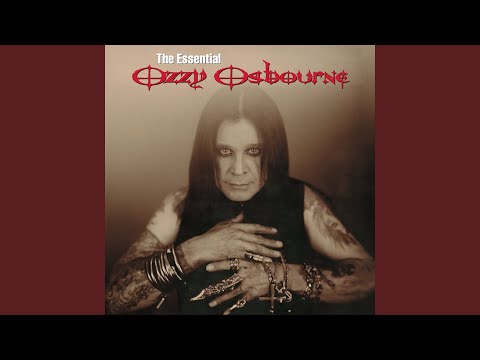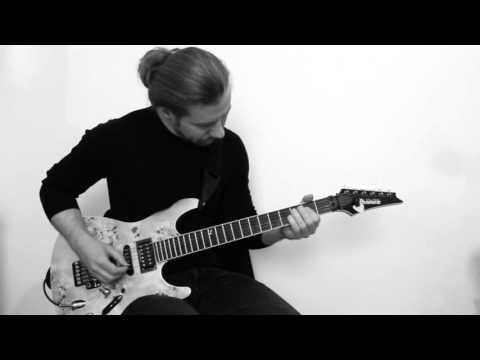Best Solo … Spanish Guitar
While "classical guitar" is today mainly associated with the modern classical guitar design, there is an increasing interest in early guitars; and understanding the link between historical repertoire and the particular period guitar that was originally used to perform this repertoire.
Nowadays it is customary to play this repertoire on reproductions of instruments authentically modelled on concepts of musicological research with appropriate adjustments to techniques and overall interpretation. Thus over recent decades we have become accustomed to specialist artists with expertise in the art of vihuela (a 16th-century type of guitar popular in Spain), lute, Baroque guitar, 19th-century guitar, etc.[6]
Different types of guitars have different sound aesthetics, e.g. different colour-spectrum characteristics (the way the sound energy is spread in the fundamental frequency and the overtones), different response, etc. These differences are due to differences in construction, for example modern Spanish guitars usually use a different bracing (fan-bracing), than was used in earlier guitars (they had ladder-bracing); and a different voicing was used by the luthier. See Classical guitar making for more information.
It is interesting to note the historical parallel between musical styles (baroque, classical, romantic, Spanish nationalist, flamenco, jazz) and the style of "sound aesthetic" of the musical instruments used, for example: Robert de Visée played on a baroque guitar with a very different sound aesthetic than the guitars used by Mauro Giuliani and Legnani - they used 19th century guitars. These guitars in turn sound different from the Spanish models used by Segovia, that are suited for interpretations of romantic-modern works such as Moreno Torroba.
When considering the guitar from a historical perspective, the musical instrument used is just as important as the musical language and style of the particular period. As an example: It is impossible to play a historically informed de Visee or Corbetta (baroque guitarist-composers) on a modern classical guitar. The reason is that the baroque guitar used courses, which are two strings close together (in unison), that are plucked together. This gives baroque guitars an unmistakable sound characteristic and tonal texture that is an integral part of an interpretation. Additionally the sound aesthetic of the baroque guitar (with its strong overtone presence) is very different from modern Spanish-type guitars, as is shown below.
Today's overuse of Torres and post-Torres type Spanish guitars for repertoire of all periods is somewhat critically viewed: Torres and post-Torres style modern guitars (with their fan-bracing and design) have a thick and strong tone, very suitable for Spanish and modern-era repertoire. However, they are considered to emphasize the fundamental too heavily (at the expense of overtone partials) for earlier repertoire (Classical/Romantic: Carulli, Sor, Giuliani, Mertz, ...; Baroque: de Visee, ...; etc.). "Andres Segovia presented the Spanish guitar as a versatile model for all playing styles",[7] to the extent, that still today, "many guitarists have tunnel-vision of the world of the guitar, coming from the modern Segovia tradition".[8]
Interestingly, while fan-braced Spanish (Torres, post-Torres style) instruments coexisted with traditional central European ladder-braced (19th century style) guitars at the beginning of the 20th century; the central European guitars eventually fell away. Some attribute this to the popularity of Segovia, considering him "the catalyst for change toward the Spanish design and the so-called 'modern' school in the 1920's and beyond".[7] The styles of music performed on ladder-braced guitars were becoming more and more unfashionable; and e.g. in Germany musicians were in part turning towards folkstyle music (Schrammel-music and the Contraguitar), but this only remained localized in Germany and Austria and was quickly unfashionable again, etc. On the other hand, Segovia was concertizing around the world, popularizing his Spanish guitar, as well as a new style of music in the 1920s: Spanish romantic-modern style, with guitar works by Moreno Torroba, de Falla, etc. Some people consider it to have been this influence of Segovia, which eventually led to the domination of the Spanish instrument - factories all over the world began producing them in large numbers.
While “classical guitar” is today mainly associated with the modern classical guitar design, there is an increasing interest in early guitars; and understanding the link between historical repertoire and the particular period guitar that was originally used to perform this repertoire.
Nowadays it is customary to play this repertoire on reproductions of instruments authentically modelled on concepts of musicological research with appropriate adjustments to techniques and overall interpretation. Thus over recent decades we have become accustomed to specialist artists with expertise in the art of vihuela (a 16th-century type of guitar popular in Spain), lute, Baroque guitar, 19th-century guitar, etc.[6]
Different types of guitars have different sound aesthetics, e.g. different colour-spectrum characteristics (the way the sound energy is spread in the fundamental frequency and the overtones), different response, etc. These differences are due to differences in construction, for example modern Spanish guitars usually use a different bracing (fan-bracing), than was used in earlier guitars (they had ladder-bracing); and a different voicing was used by the luthier. See Classical guitar making for more information.
It is interesting to note the historical parallel between musical styles (baroque, classical, romantic, Spanish nationalist, flamenco, jazz) and the style of “sound aesthetic” of the musical instruments used, for example: Robert de Visée played on a baroque guitar with a very different sound aesthetic than the guitars used by Mauro Giuliani and Legnani – they used 19th century guitars. These guitars in turn sound different from the Spanish models used by Segovia, that are suited for interpretations of romantic-modern works such as Moreno Torroba.
When considering the guitar from a historical perspective, the musical instrument used is just as important as the musical language and style of the particular period. As an example: It is impossible to play a historically informed de Visee or Corbetta (baroque guitarist-composers) on a modern classical guitar. The reason is that the baroque guitar used courses, which are two strings close together (in unison), that are plucked together. This gives baroque guitars an unmistakable sound characteristic and tonal texture that is an integral part of an interpretation. Additionally the sound aesthetic of the baroque guitar (with its strong overtone presence) is very different from modern Spanish-type guitars, as is shown below.
Today’s overuse of Torres and post-Torres type Spanish guitars for repertoire of all periods is somewhat critically viewed: Torres and post-Torres style modern guitars (with their fan-bracing and design) have a thick and strong tone, very suitable for Spanish and modern-era repertoire. However, they are considered to emphasize the fundamental too heavily (at the expense of overtone partials) for earlier repertoire (Classical/Romantic: Carulli, Sor, Giuliani, Mertz, …; Baroque: de Visee, …; etc.). “Andres Segovia presented the Spanish guitar as a versatile model for all playing styles”,[7] to the extent, that still today, “many guitarists have tunnel-vision of the world of the guitar, coming from the modern Segovia tradition”.[8]
Interestingly, while fan-braced Spanish (Torres, post-Torres style) instruments coexisted with traditional central European ladder-braced (19th century style) guitars at the beginning of the 20th century; the central European guitars eventually fell away. Some attribute this to the popularity of Segovia, considering him “the catalyst for change toward the Spanish design and the so-called ‘modern’ school in the 1920’s and beyond”.[7] The styles of music performed on ladder-braced guitars were becoming more and more unfashionable; and e.g. in Germany musicians were in part turning towards folkstyle music (Schrammel-music and the Contraguitar), but this only remained localized in Germany and Austria and was quickly unfashionable again, etc. On the other hand, Segovia was concertizing around the world, popularizing his Spanish guitar, as well as a new style of music in the 1920s: Spanish romantic-modern style, with guitar works by Moreno Torroba, de Falla, etc. Some people consider it to have been this influence of Segovia, which eventually led to the domination of the Spanish instrument – factories all over the world began producing them in large numbers.
























Oh My GOD…..This is Wonderful Spanish Guitar solo Performance ….Thanks Mr.djsashavaladi….
Thanks & regards
Subhasish saha from City of Joy(India)
Amazing🎸🎸♥️♥️
not much passion here. Playing notes is one thing, but injecting passion into it is another
I think Ive found a new love affair for this music….
i have not heard this song in a while
(3:05) what is chords of the final
please
What is the name of this song ?
VERY NICE !
Beautiful, the very soul of Spain
Nice! We love it 🙂
donde puedo encontrar Las notas para la concion?
where might I find the acordes and tabs for this beat?